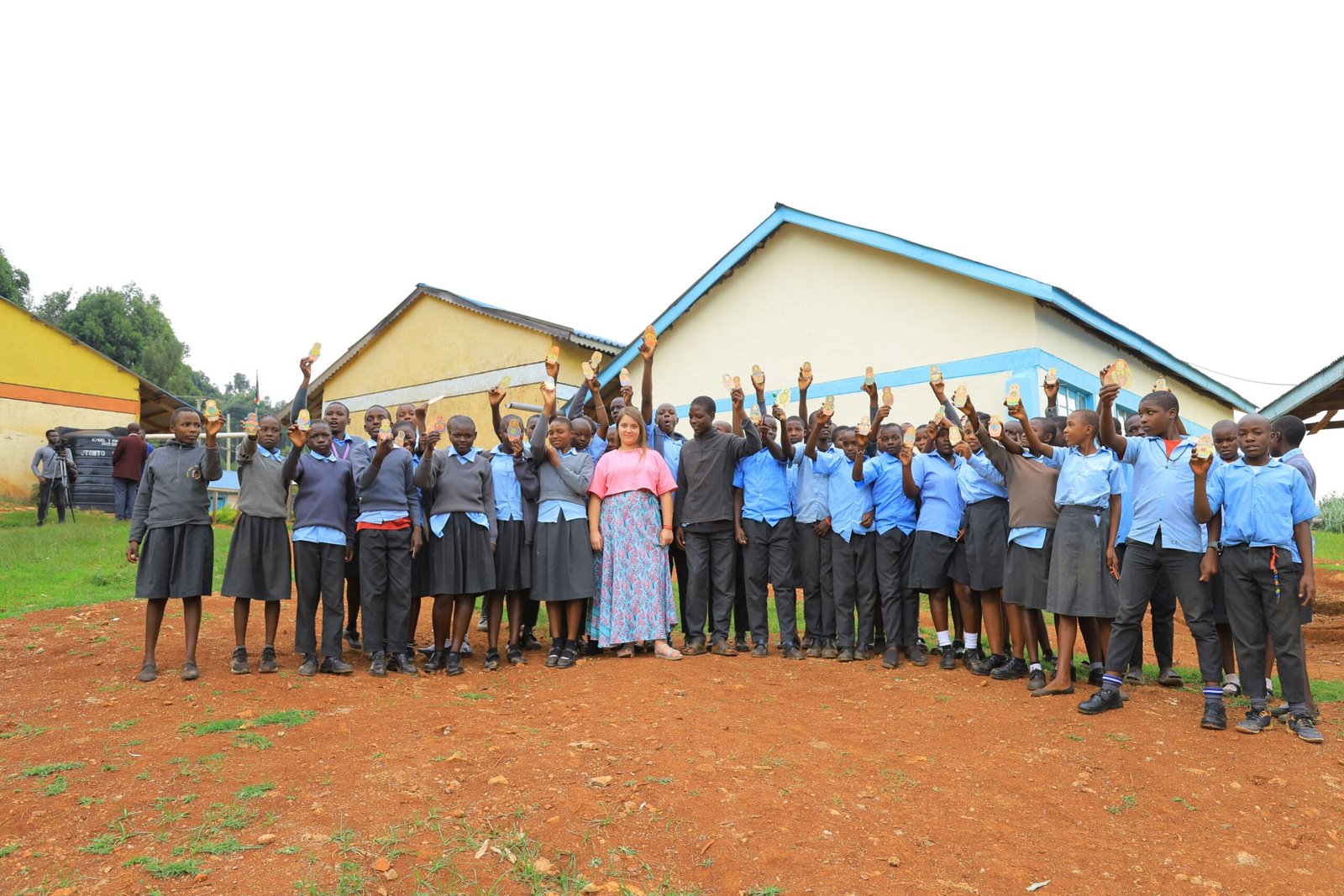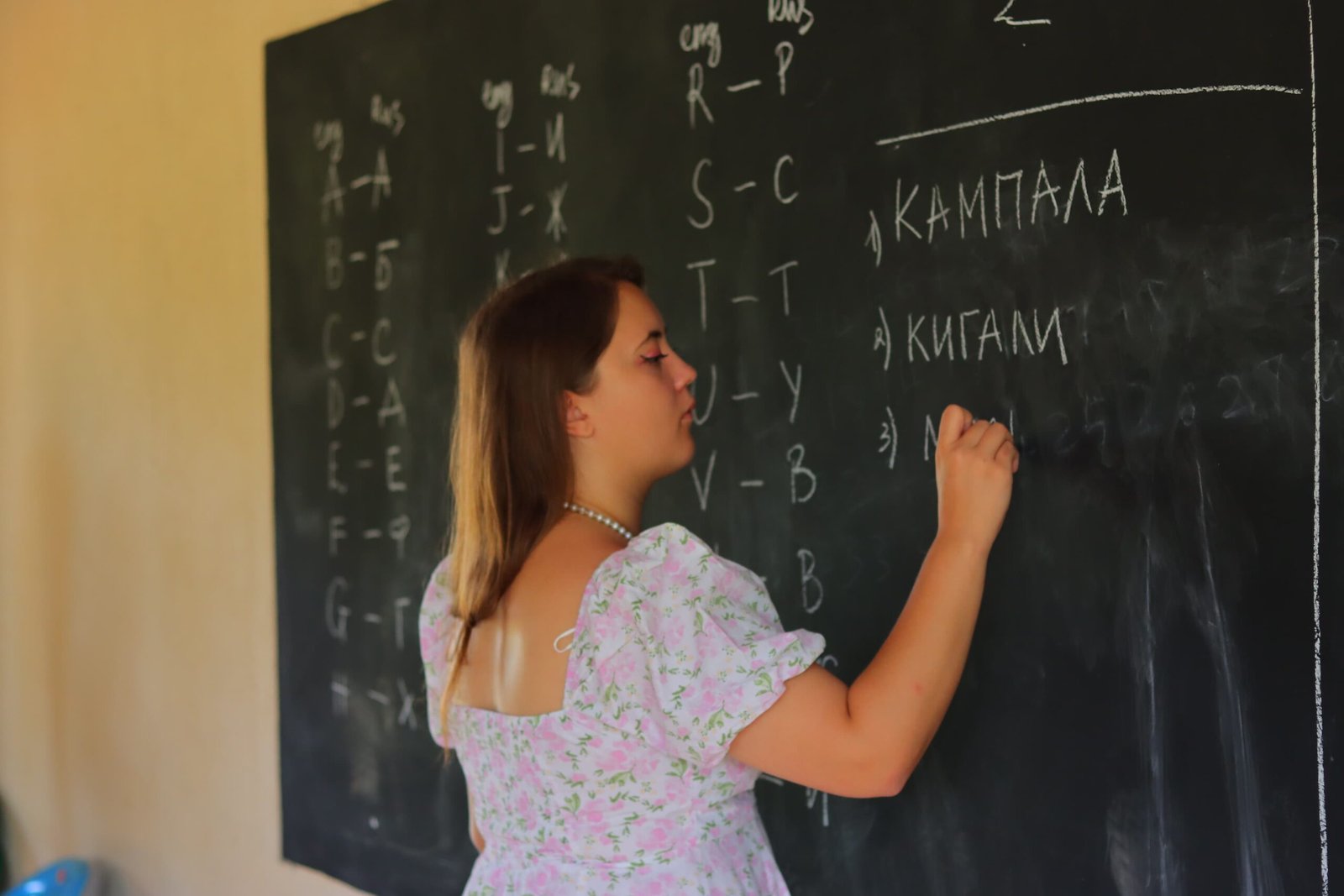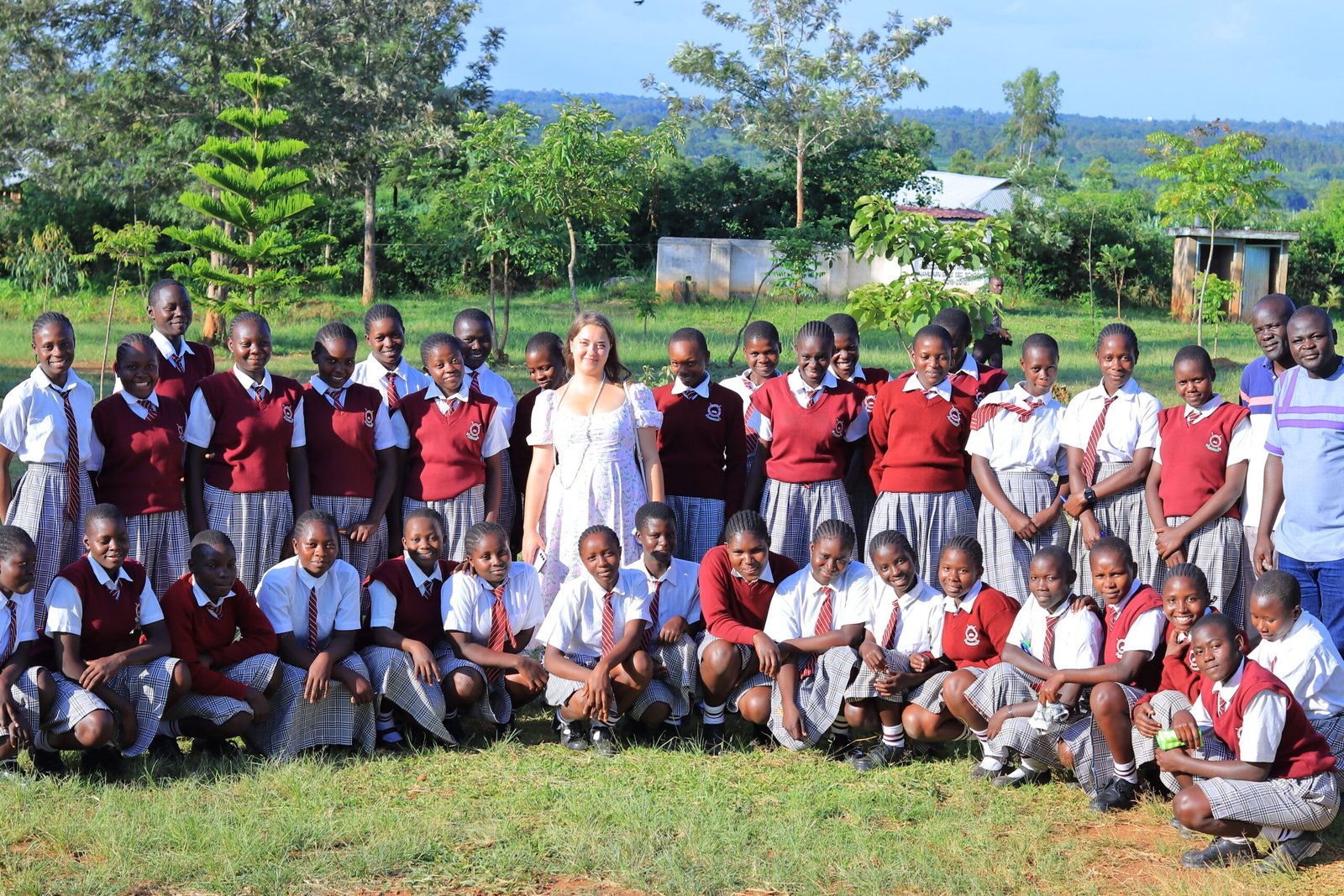Date of Visit: 1 July 2025
Subtitle: Flooded Classrooms, Hungry Students, and a Spark of Global Curiosity in Kenya’s Highlands
Introduction: A Remote Beacon of Hope
On 1 July 2025, Tambacha Primary and Junior Secondary School—nestled in Kitutu North’s rain-lashed hills—transformed leaking classrooms into portals of global discovery. As Path to Russia introduced Cyrillic letters and the promise of volunteer “Teacher Kate,” 602 learners leaned forward on broken benches, their hunger momentarily forgotten. The visit revealed a school clinging to progress while battling isolation’s harsh realities.
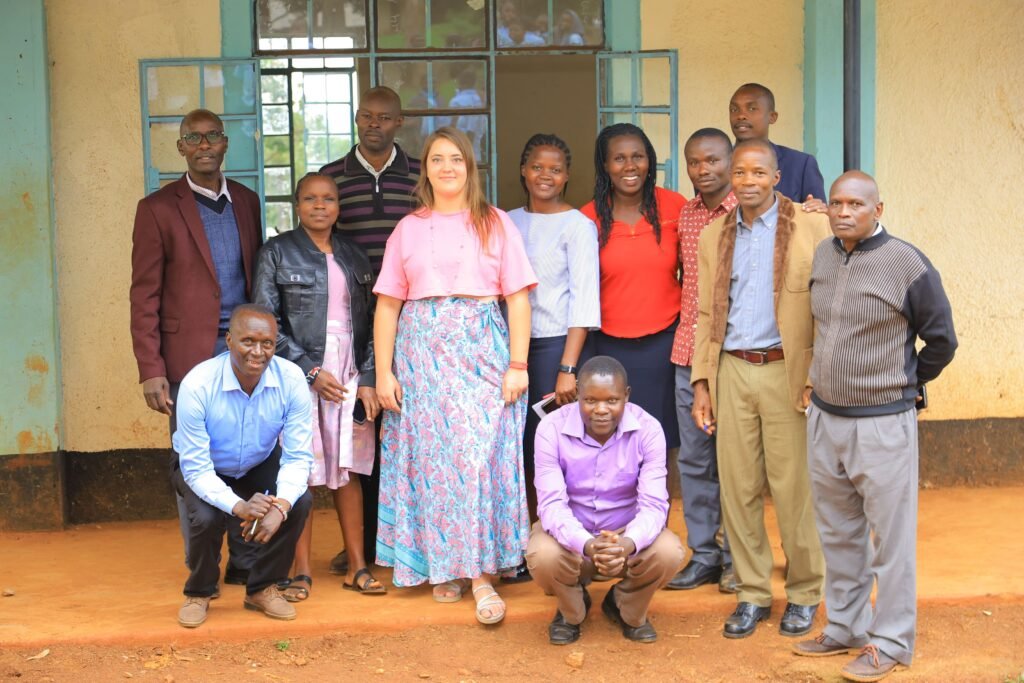
The School: Resilience Against the Odds
Founded in 1967, this government-sponsored institution serves a community where systemic barriers choke opportunity:
- Teacher Crisis: 13 educators (only 3 government-posted) juggle pre-primary through junior secondary curricula.
- Funding Trap: Missing birth certificates (often due to parents lacking IDs) exclude learners from national education funding.
Board Chair Mr. Simba voiced determination: “We benchmark beyond our locality because our children deserve the world.”
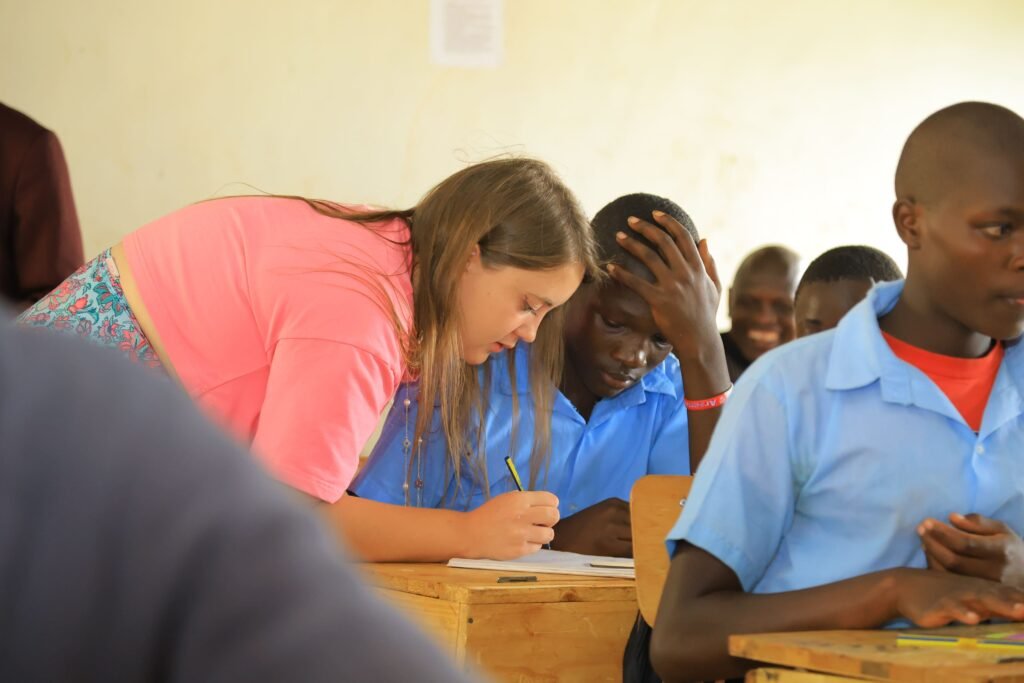
Cultural Ignition: “Matryoshka on Our Walls!”
Despite classrooms ankle-deep in floodwater, cultural sparks flew:
- Language & Art: Learners instantly connected Russian sounds to local phonetics. Teachers proposed painting Matryoshka dolls on classroom walls to sustain interest.
- Global Anticipation: Staff eagerly await “Teacher Kate’s” arrival, seeing her as a bridge to wider horizons.
Programme Coordinator Tonny Onyango noted: “Their request for Russian posters wasn’t about decoration—it was about claiming space in a global narrative.”
Urgent Realities: When Resilience Isn’t Enough
- Survival-Level Shortages
- Classrooms: New MP-built blocks stand unused; Grade 7 learns in flood-prone ruins.
- Water Crisis: One rainwater tank serves 602 people after villagers severed river access.
- Hunger: No student meals—parents inconsistently donate maize tins for youngest learners.
- Humanitarian Concerns
- Sanitation: Dilapidated latrines; annual sanitary towel distribution fails girls.
- Security: Unfenced perimeter invites theft and danger.
- Educational Barriers
- Zero ICT/Science Labs: Trained teachers lack tools to teach digital literacy.
- Book Storage Crisis: Government texts decay in sacks for lack of shelves.
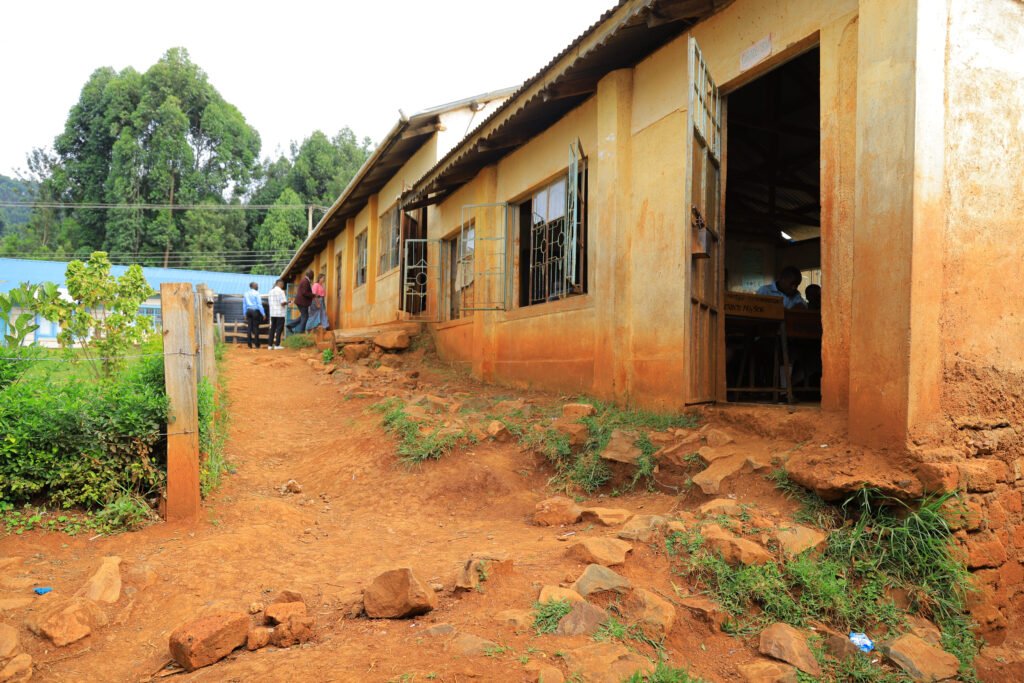
Path Forward: Priorities for Partnership
Tambacha’s dreams demand concrete support:
- Nutrition: Launch a daily feeding program for learners walking long distances.
- Water Access: Restore river pipelines and install additional storage tanks.
- Classroom Commissioning: Officially open and furnish the new building.
- Birth Certificate Drive: Partner with county officials for on-site registration.
- Cultural Anchors: Supply Russian language posters and virtual exchange sessions.
“We carry torn bags but untorn hopes,” shared Teacher Gladys. “Show our children they belong in the world’s classroom.”
Conclusion: Answering Tambacha’s Call
The school’s thirst for global connection is palpable—yet without urgent intervention in infrastructure and basic welfare, potential drowns in floodwaters. By addressing water, food, and documentation gaps first, we pave the way for Tambacha’s cultural curiosity to flourish.


